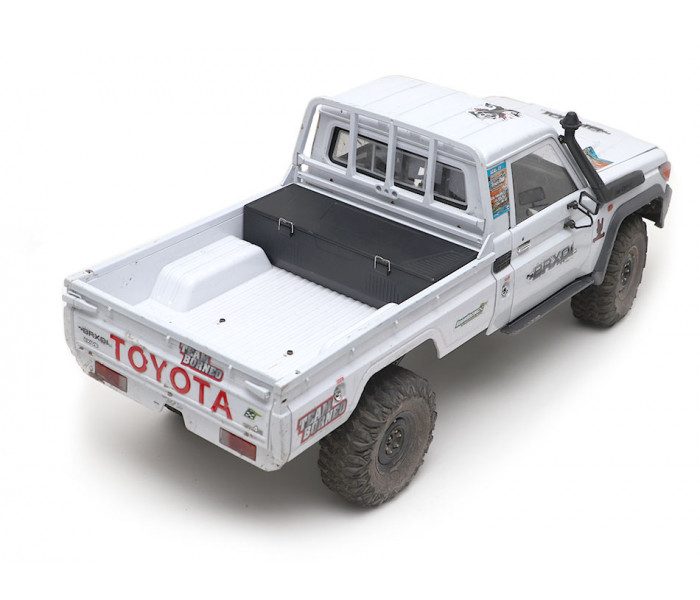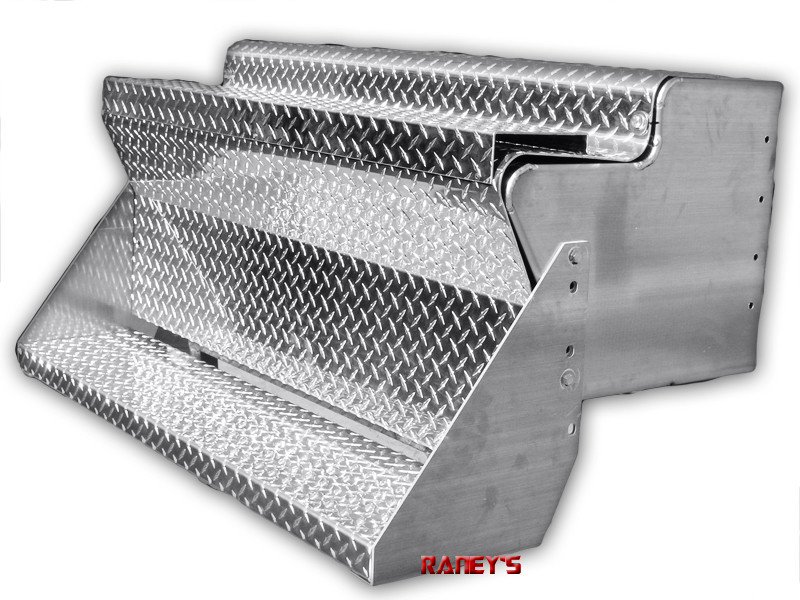

Oh - and as for the battery, there is a kind of battery tray so you can swap out a depleted battery for a fresh one. There’s solar on the roof to extend battery life. The sleeping area can pull out a bit from the main cab to add length. Wings that unfold to add more counter space. There’s a pop-top above the kitchen area for full-on standing.

All-wheel-drive, small footprint, and electric. The vehicle rides around on an chassis powered by an electric motor that can be a van, a box truck, a flat-bed truck, maybe even a cabover, if we’re not mistaken.Īnd now, a year after announcing what they were up to, ElectricBrands, the company behind the Xbus has revealed its camper prototype. Name aside, and besides it being absolutely darling, the little electric van had, and has, a very cool trick up its sleeve-modularity. “As electric vehicles continue to grow, the industry supply base is constantly offering new materials and technologies with different use cases and advantages depending on the application,” Zhao said.Remember eBussy? The German start-up created van? Well now it’s called the Xbus, probably because eBussy is, let’s just say an awkward name. Navistar continuously evaluates different materials for use with battery enclosures. “The challenge is to remove the weight without compromising the vehicle’s durability and performance – all at an acceptable cost,” he said. Weight is always an important factor when selecting materials, said Zhao, especially because less weight equals more range, better acceleration, and more payload. Our goal is to balance these considerations while optimizing the design for that particular vehicle’s duty cycle.”

“Safety, weight, durability, cost, dielectric separation, thermal performance, and manufacturability are all considerations when selecting battery-enclosure materials. “We currently use multiple materials in our battery enclosures – composites, stamped steel, and aluminum being the most common,” said Zilai Zhao, director of eMobility Engineering at Navistar. Navistar employs a mixed-material approach for its electric-truck battery enclosures. Engineers designed the side-impact protection of the batteries to distribute the forces along the structure, providing a lightweight structure with maximum safety, Voets said.

Aluminum is the material of choice for Freightliner’s current generation of EV battery enclosures. “Weight is always a consideration in trucking, but safety is an even more important factor,” said Alex Voets, Freightliner eMobility sales and product strategy manager. However, we will not compromise the safety of our vehicles, so the protection of the occupants of the cab will always be our top priority.”įreightliner takes a similar approach with the design of its battery-pack enclosures for the eM2 and eCascadia trucks. “In the overall development of an electric Class 8 truck, lightweight components are utilized where feasible to maximize payload and to affect the load distribution on the axles. “These metals were chosen due to the technical requirements needed to support the batteries, durability demands, and to provide protection to cab occupants and vehicle components,” said Brett Pope, director of electric vehicles, Volvo Trucks North America. The protection plates and mounting arrangements are made from casted and steel materials. The Volvo VNR Electric features an all-metal cab construction, and the battery enclosure is made from stainless steel. Lightweight construction is very important, but durability and the ability to protect components and occupants in crashes and the event of a fire are paramount. Manufacturers of battery-electric commercial trucks have similar requirements for their battery enclosures as do their passenger-vehicle counterparts. As electric vehicles continue to grow, the industry supply base is constantly offering new materials and technologies with different use cases and advantages depending on the application.”


 0 kommentar(er)
0 kommentar(er)
